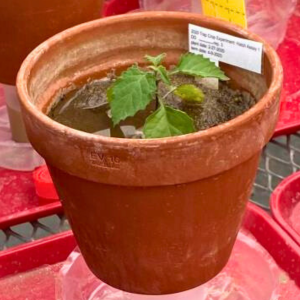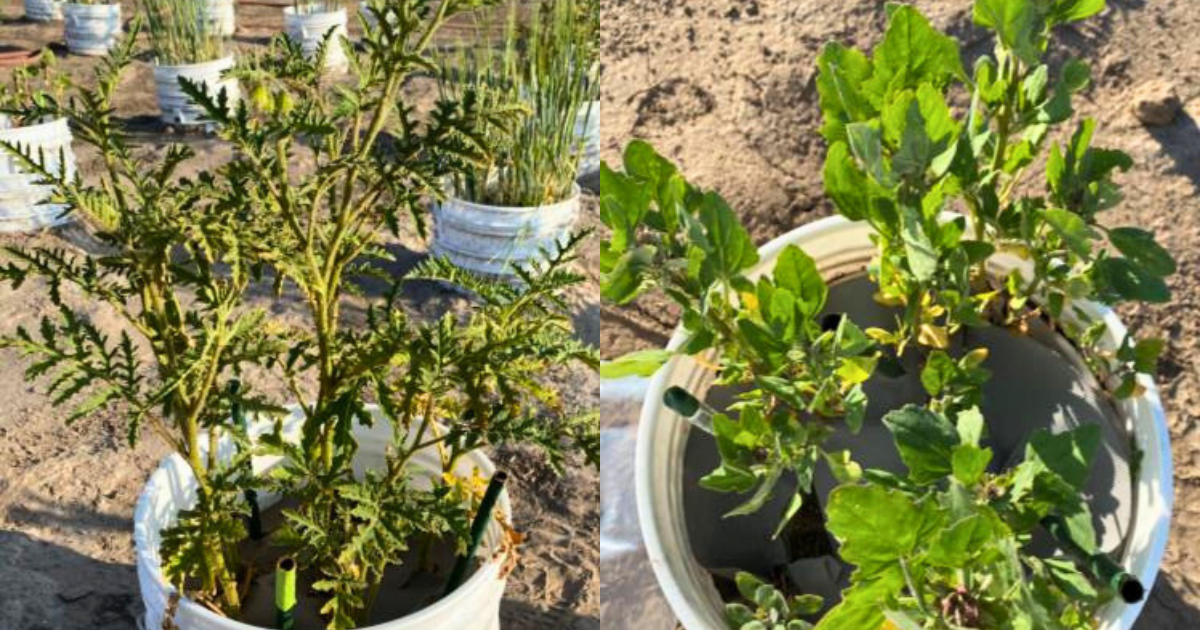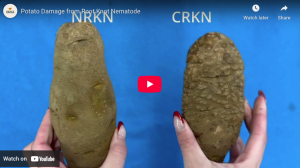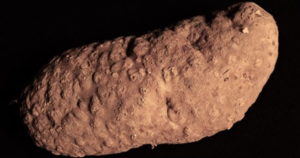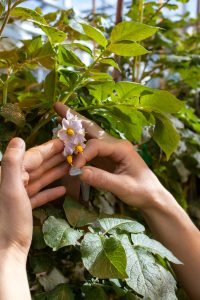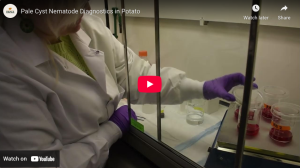Trap Crops to Control Nematodes
A trap crop is a crop planted to prevent pests from attacking cash crops that often does not allow the pest to survive and reproduce. Trap crops effective against nematodes will cause the nematode to hatch but prevent feeding or development so that the nematode dies. Trap crops typically only work for nematodes that are host specific.
Trap crops can be an effective control method for potato cyst nematode. Potato cyst nematode (PCN) is highly host specific and will usually only hatch if it detects a hatching factor from a host plant or a closely related species.
Litchi tomato (Solanum sisymbriifolium) is a successful PCN trap crop because it causes hatch of the nematode similar to that of potato but then does not allow reproduction of PCN. Other solanaceous species can serve as trap crops for PCN as well. Although it is not a solanaceous crop, quinoa (Chenopodium quinoa) has also been found to work as a trap crop for PCN (Globodera pallida).
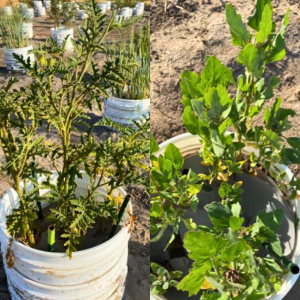
A trap crop that reduces the population of PCN in the soil can lessen cyst production on a subsequent potato crop. Quinoa reduced cyst production on Russet Burbank 30 to 45% while litchi tomato reduced cyst production 90 to 99% (Hickman & Dandurand unpublished data).
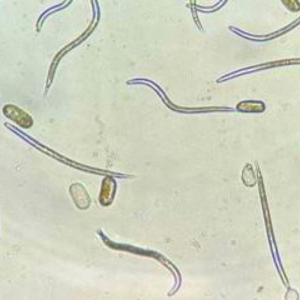
We can test trap crops through experiments where we plant the crop to determine reduction in the original nematode population and later test for nematode reproduction on its host crop. We can also collect root exudates from plants in the greenhouse and then apply them to nematode eggs to see if the plant’s exudates cause hatch.
